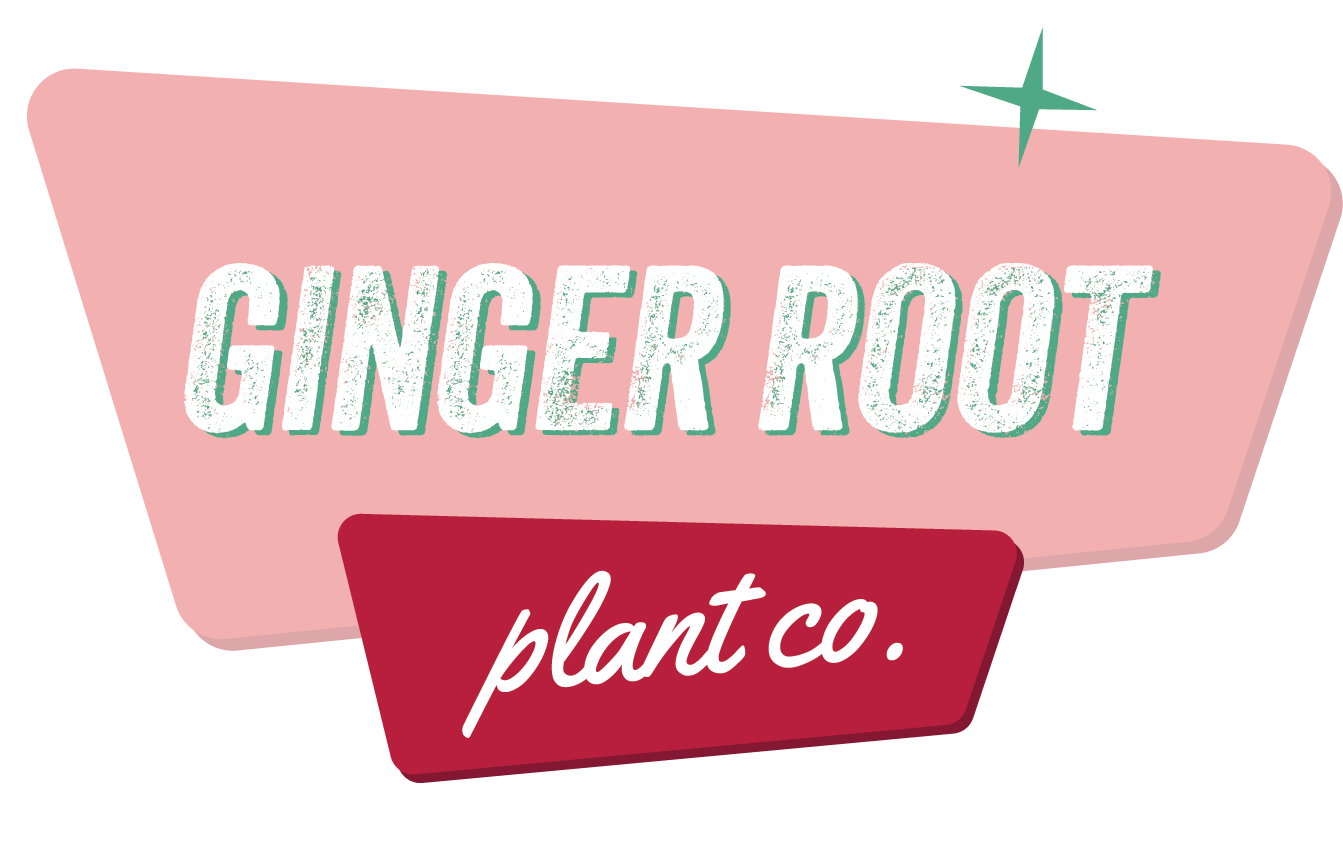Top 5 Seed Starting Tips
It is officially seed starting season! Growing plants from seeds is not only rewarding but also a testament to the beauty of nature's life cycle. I get so excited and relieved every time a little peak of green emerges through the soil. Whether you're a novice gardener or a seasoned green thumb, these top five tips will guide you through the process of starting plants from seeds, ensuring a flourishing garden that you can proudly call your own.
#1 Choose the Right Seeds: Selecting the right plants to start from seeds is the first crucial step. Consider plants that you enjoy eating and you know are easy to grow! Tomatoes and basil are great ones to start with! Fun fact, I do not like the taste of tomatoes but grow them in my garden every year because they are so fun and easy to grow. Always opt for high-quality seeds from reputable suppliers to enhance the likelihood of successful germination. Do your research! My personal go-to is Johnny’s Seeds. I stay clear of Baker Creek. Be adventurous with your choices, but always be mindful of the specific needs of each plant.
I will throw this in here too - Always use seed starting soil. You need a soil mix that does NOT include fertilizer. Fertilizers can burn the little seedlings when they first hatch.
#2 Timing is Everything: Mastering the art of timing is key to successful seed starting. If you start them too early, they will outgrow their pot before you can get them in your garden. If you start them too late, you might not get much produce before the season ends. First, research the plants you plan to grow. Much of what you need to know is on the seed packet or the seed company website: germination rates, growing information, and transplanting timeframes.
Next, look up your last frost date for your area. Be aware: last frost dates do not guarantee there will not be frost after this date! They are based on historical averages. There is still a 50/50 chance we will get frost after these dates. Based on that date, work backward to create a planting and seed starting schedule. Planting based on this schedule will give your seeds the best chance to thrive in each stage of their development.
Quick plug: every Ginger Root garden consulting client gets a free Ginger Root planting calendar!
#3 Indoor vs Direct Seeding: How do you know whether you should start your seeds indoors or direct seed? Here is a simple way to remember - If a plant has a long taproot or grows underground, it is best to direct seed. Examples of these are beets, radish, and carrots. When in doubt, just google it or look at the seed packet!
#4 Invest in the Equipment: Have you ever tried to start seeds with one of those small plastic tray “kits” from Lowes on your windowsill? Did you have much luck? I haven’t….
In my experience, to be successful with seed starting, you really need the right equipment. This includes a warming mat, grow lights, a grow light timer, seed-starting trays with humidity domes, and a fan for ventilation.
#5 Water Matters: Story time! When we moved into a new home a few years ago, I could not figure out why my seeds were not germinating and/or progressing! I was doing everything the same as in previous years. Then my partner decided maybe we should test the water at our new house. Bam! Even though I was using tap water, the pH was too alkaline. If the pH of the water is too low or too high, needed nutrients can get tied up in soil chemistry, making them less available to plants. I switched to rainwater, and they started flourishing!
